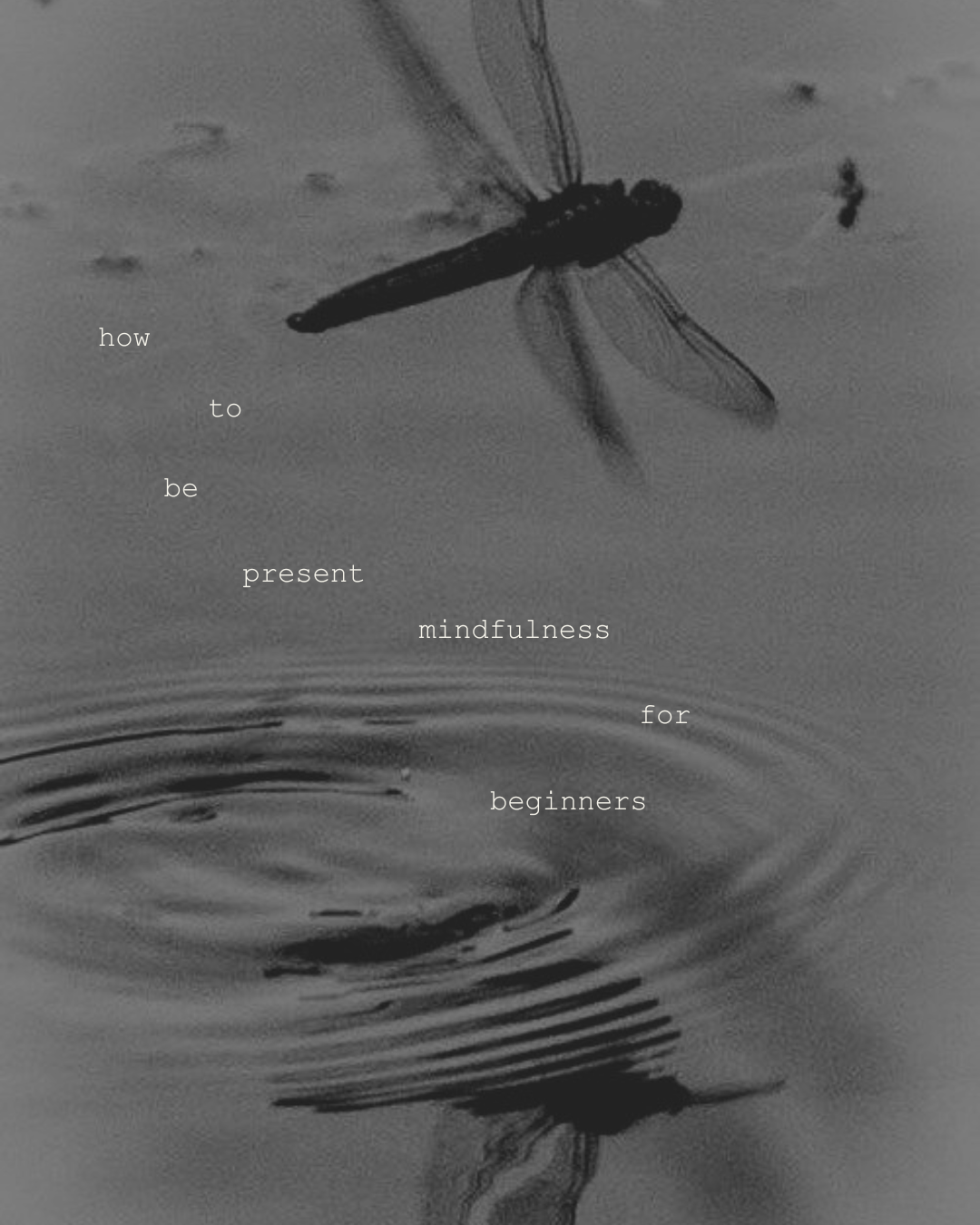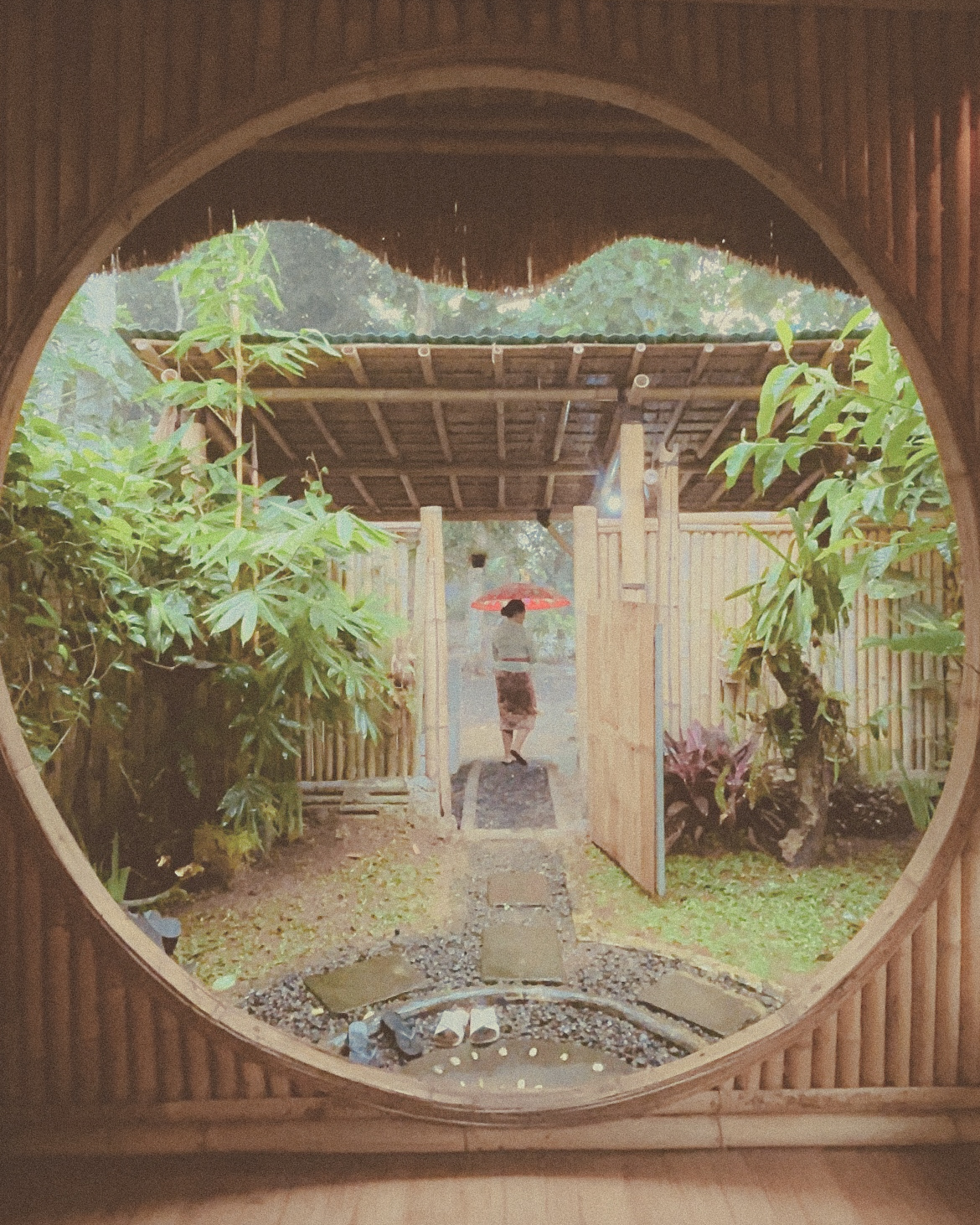If you’ve been to a few yoga classes here and there, you’re probably familiar with the physical aspect of yoga, known as asana practice.
But beyond the physical, the heart of yoga lies in the Yamas and Niyamas – two parts of the eightfold path that serve as a compass for navigating life. Whether you’re on a yoga journey or not, the Yamas and Niyamas offer valuable advice for living.
The Yamas
The Yamas are the first limb of the eightfold path in yoga, constituting the moral, ethical, and societal guidelines for yogis.
They are often thought of as the universal vows or ethical principles that one should adhere to, regardless of their background or belief system.
Ahimsa: The Practice of Non-Violence
Ahimsa, the first of the yamas and niyamas are a foundational concept goes beyond just not harming others physically. It’s about embracing a lifestyle that minimizes harm to all beings and the environment, in our thoughts, words, and actions.
Ahimsa encourages us to cultivate compassion, kindness, and understanding, shaping how we interact with ourselves, others, and the world around us.
how to apply it to your life
To incorporate Ahimsa in your life, start by applying it to yourself. How do you treat yourself? Do you speak to yourself with understanding or are you putting yourself down constantly? That’s a form of emotional violence, that harms you. Try to be more compassionate with yourself.
The other ways to practice Ahimsa externally might look different for everyone. It could be engaging in activism for social justice, or adopting a plant-based diet to embody non-violence in your diet and lifestyle choices.
Satya: The Path of Truth
This principle goes beyond simply not lying; it encourages living and speaking our truth in a way that is beneficial to all.
Satya asks us to consider the impact of our words and actions, guiding us to express ourselves in ways that are both honest and kind. This commitment to truthfulness fosters trust, integrity, and deep connections with others.
how to apply it to your life
Living by the principle of Satya means creating a space for open and honest communication, even when it feels uncomfortable. It’s about listening to your intuition and having the courage to align your actions with your values.
Incorporating Satya into your life encourages mindfulness and self-awareness, guiding you to live more authentically. By staying true to yourself in every aspect of life, you build deeper connections with others and with yourself, leading to a more genuine and fulfilling existence.
Asteya: Embracing Non-Stealing
This concept goes beyond the literal interpretation of not taking what does not belong to us without permission; it encompasses a broader understanding of honesty and integrity. It encourages us to live in a way that respects the rights and boundaries of others.
Asteya invites us to consider how we might take or withhold resources, time, or energy, either directly or indirectly, and to cultivate a sense of fairness and generosity in all aspects of our lives.
how to apply it to your life
To embody Asteya, you must approach life with a mindset of abundance. Avoiding stealing in various forms, not just in a material sense but also in relationships, time, and energy.
Begin by observing your actions and intentions in daily interactions. Ask yourself if your actions might be taking something, in any form, that is not offered freely. Reflect on how you can contribute positively to your relationships and community by fostering a culture of respect and generosity.
Brahmacharya: The Balance of Energy
Brahmacharya is traditionally understood as celibacy, and so it often gets overlooked in today’s society, but it holds important lessons. In a broader sense, Brahmacharya is about the right use of energy, advocating for moderation and the mindful allocation of our vital resources—physical, mental, and emotional—towards the pursuit of spiritual growth and meaningful living.
how to apply it to your life
To incorporate Brahmacharya into everyday life, start by identifying areas where energy might be wasted or misdirected. Whether it’s through physical excesses, unproductive habits, or negative thinking patterns, recognizing these areas is the first step toward change. Gradually introduce practices that foster balance, such as meditation, mindful eating, and purposeful engagement with technology and relationships.
It’s also important to approach Brahmacharya as a personal journey, understanding that moderation and the right use of energy will look different for each individual. What matters is the intention behind the actions and the conscious effort to live in alignment with one’s higher self.
Aparigraha: Letting Go of Greed
Aparigraha encourages non-possessiveness, non-greed, and non-hoarding. This principle invites us to let go of the endless desire to acquire more and instead to cultivate a sense of contentment and gratitude for what we already have.
Aparigraha teaches us to recognize the difference between need and want, encouraging a life of simplicity and mindfulness regarding our consumption and attachment to material possessions.
how to apply it to your life
To embody Aparigraha, start by assessing your lifestyle and possessions. Identify areas where you can simplify and reduce excess. Cultivate gratitude for what you have, recognizing the abundance in your life without constantly seeking more. Practice generosity by sharing time, resources, or knowledge with others, which reinforces the joy of giving rather than accumulating.
Aparigraha also involves introspection and meditation to understand the root of desires and attachments. By observing our thoughts and emotions without judgment, we can learn to release them and find contentment in the present moment.
In relationships, Aparigraha encourages us to appreciate loved ones as they are, without trying to change or “possess” them. This fosters healthier, more authentic connections based on mutual respect and love.
The Niyamas
The Niyamas, often considered the second limb in the eight-fold path, that represent the personal behavior that promote spiritual growth and well-being. They serve as guidelines to live a life of discipline, integrity, and purity. The five Niyamas are:
Saucha: The Practice of Purity
Saucha isn’t just about being physically clean. It’s about having a clear mind and emotions too. It encourages us to create a calm and peaceful environment inside and out. When we declutter physically, mentally, and emotionally, we find clarity, well-being, and a stronger connection to ourselves and the world.
how to apply it to your life
Living Saucha means maintaining a clean physical environment, eating wholesome foods, and cleansing the mind through meditation and mindfulness practices, leading to a life of clarity and focus.
This could mean establishing routines for personal hygiene and organized living spaces. Prioritize fresh, nourishing foods and mindful consumption of media to clear the mind from negativity.
Cultivate positive relationships, practice meditation and journaling for mental clarity. Adopt eco-friendly practices and spend time in nature. As well you could also periodically undertake detoxification practices or participate in community clean-up activities to extend Saucha beyond personal boundaries.
Santosha: Finding Contentment
Santosha, the second of the Niyamas in the yogic philosophy, centers on the concept of contentment. Unlike fleeting happiness that depends on external circumstances, Santosha is about finding a deep sense of satisfaction and peace within oneself, regardless of life’s external conditions.
This principle encourages yogis to embrace the present moment, cultivate gratitude for what they have, and maintain a positive outlook, even in the face of adversity or challenge.
how to apply it to your life
Start by practicing gratitude and seeking joy in the simple, everyday moments. Develop mindfulness to deepen your connection with the present and cultivate an attitude of acceptance, acknowledging that while you may strive for improvement, happiness is not contingent on external achievements or possessions.
Reframe challenges as opportunities for growth and maintain a positive outlook, even in difficult times. Simplify your life to focus on what truly brings you peace and fulfillment. By consciously choosing contentment, you can find a profound sense of satisfaction that transcends external conditions, leading to a more peaceful and fulfilling life.
Tapas: The Fire of Self-Discipline
Tapas is often translated as discipline, austerity, or the inner fire of purification. It refers to the fiery dedication and intense self-discipline required for personal growth and spiritual practice. Tapas involves willingly enduring the challenges and discomforts that come with self-improvement efforts, whether they are physical, mental, or emotional.
This principle encourages practitioners to embrace hardship as a means of transformation, leading to strength, willpower, and a deeper sense of purpose.
how to apply it to your life
To integrate Tapas into your life, start by setting clear, meaningful goals for your personal and spiritual development. Establish daily practices that move you towards these goals, even if they require effort and sacrifice.
Embrace challenges as part of the growth process, and maintain a positive, determined attitude in the face of adversity. Practice self-discipline in all areas of life, from your diet and exercise routine to your meditation and mindfulness practices.
Remember, the essence of Tapas is not about punishing oneself but about embracing discipline as a means to purification, strength, and ultimately, freedom.
Svadhyaya: The Journey of Self-Study
Svadhyaya is the principle of self-study and introspection. This practice encourages a deep exploration of one’s inner world, beliefs, and behaviors, as well as the study of sacred texts or teachings that lead to greater self-awareness and understanding.
Svadhyaya is about connecting with our inner self, recognizing our patterns, and using this awareness to foster personal growth and spiritual development.
how to apply it to your life
To embody Svadhyaya, make self-reflection a regular part of your routine. Set aside time for journaling and meditation, allowing space for introspection and the observation of your inner dialogue.
Engage actively with books or teachings that challenge and inspire you, seeking to understand their deeper meanings and how they apply to your life. Be open to learning from every experience, viewing your life as a continual opportunity for growth and discovery.
Cultivate curiosity about your behaviors, motives, and reactions, asking yourself why you act or feel a certain way and what lessons can be learned. Remember, Svadhyaya is a compassionate inquiry into the self, not a critical or judgmental process. It’s about uncovering your true nature and the interconnectedness of all life, leading to a more conscious and fulfilling existence.
Ishvara Pranidhana: Surrendering to the Divine
Ishvara Pranidhana focuses on the surrender to a higher power. This principle is about dedicating one’s actions and will to the divine, or to a universal consciousness, as a path to achieving the ultimate state of yoga, or union.
It involves recognizing that a higher order and intelligence is governing the universe, and by surrendering our ego and personal desires, we can align ourselves with this greater reality. Ishvara Pranidhana encourages trust, devotion, and letting go of the outcomes of our actions, fostering a deep sense of peace and contentment.
how to apply it to your life
To integrate Ishvara Pranidhana into your life, start by reflecting on your connection to something greater than yourself, whether you conceptualize this as a divine presence, the interconnectedness of all beings, or the universe itself.
Embrace the practice of Seva, or selfless service, as a way to live out the principle of Ishvara Pranidhana, offering your time, skills, and energy for the benefit of others without attachment to the outcomes.
Living the Yamas and Niyamas
As we look into the mirror of these ethical and personal observances, the reflection is clear – these principles are not mere notions but actionable directives crafted to enhance every facet of our lives.
Every small change we make in living these principles sends ripples far beyond our spheres, which is the better me, better we philosophy or in other words, as we adopt these values, our interactions, communities, and the world at large stand to benefit.
For those seeking a more meaningful existence, the teachings of yoga offer a time-tested path. The Yamas and Niyamas are signposts marking a way of living that leads to inner peace, fulfillment, and the harmonious coexistence of all beings.
The journey through the Yamas and Niyamas is a personal one, but its impact can transform the world.
Let’s take each step consciously, living ethically and mindfully, and see how our actions and our world bloom with vibrancy.
We’re weaving a tapestry of well-being, both personal and societal, that’s not just desirable but achievable.











